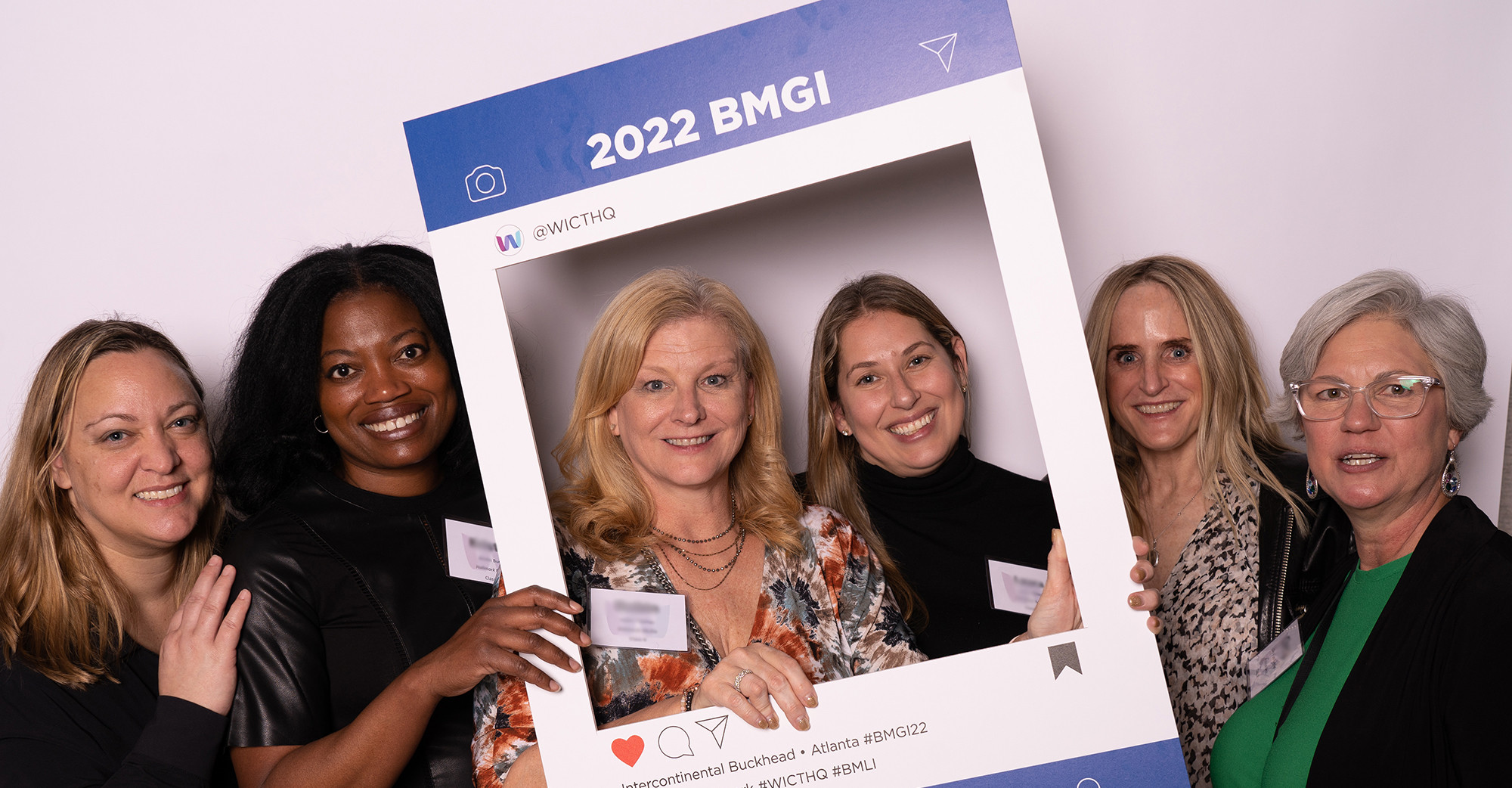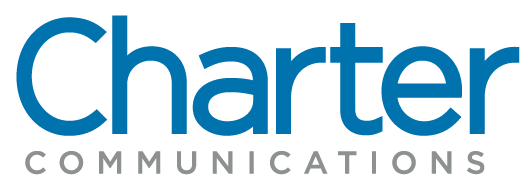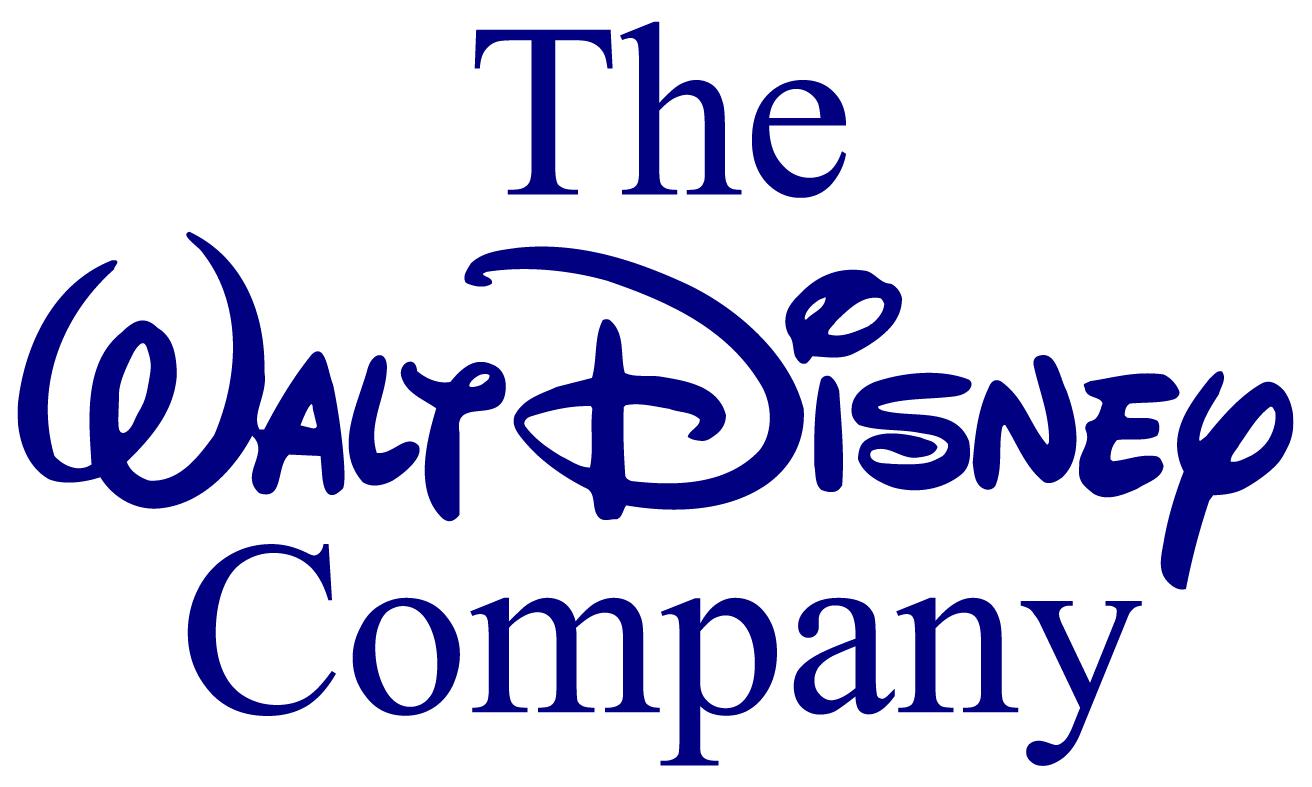By Laura Peterson, Senior Managing Director and Office Managing Director – New York, Accenture
For nearly all of us, life has us wearing many hats in both our personal and professional lives. At Accenture, I serve in dual leadership roles – one, as Accenture’s Communications, Media, and Technology (CMT) business lead in the Northeast market unit, and two, as our office managing director for New York Metro where I lead our people, clients, and community-related efforts. In both instances, I’m accountable for our strategy, talent development, growth and delivery for our clients, while overseeing a combined workforce of more than 10,000 people. The best part of both hats is working with our amazingly talented teams and supporting them in fulfilling their true potential. In this, I’m incredibly committed to and passionate about putting diversity, equity, and inclusion at the heart of the way we work.
We consider a culture of equality critical to success at Accenture. It’s not only the right thing to do but a business imperative. For me, inclusion has always been at the heart of this principle. If people feel a sense of belonging, feel valued by their teams for their unique perspective and gifts, they will feel empowered to be courageously bold, creatively innovate more often and take risks. This is the kind of environment where everyone can and will rise. Our mission is highly aligned with that of The WICT Network in that we seek to develop women leaders who transform the industry. While there have been many discussions around women in leadership, the question persists: have we made enough progress?
While there have been strides in women’s representation in some visible, powerful roles, the overall number of women in leadership is still disproportionately low. Women may represent 40 percent of the global working population, but only a few are in senior roles, and the pandemic has amplified this crisis. The risk of further widening the gender gap at the leadership level seems to be increasing. So, what can companies do to retain and encourage women in leadership roles? Here are five actions they can focus on:
1. Work to remove unconscious bias
Companies can help individuals recognize and eliminate their unconscious biases about women working in leadership roles. Structured training and integration of best practices into performance and recruiting processes across all levels can bring awareness to and help avoid both overt and subtle behaviors that act as a barrier to progress.
2. Set bold targets for gender balance
Organizations must set bold goals to increase the number of women in leadership. This forces leaders at all levels to treat it as a business imperative – being proactive and intentional about their plan towards achieving balance across levels and measuring progress against those plans and goals.
3. Ensure equal opportunities for all
Creating equal work opportunities for all employees is crucial. Organizations and broad leadership need to be vigilant against unfair practices. Every manager must play a responsible role and recognize and care for the developmental needs of their team members.
4. Provide flexible working options
Women wear multiple hats, often juggling demanding work and personal or family responsibilities. Providing flexibility in working hours to address what’s needed on any given day can help all employees, and particularly women, maintain a healthy balance with reduced stress levels.
5. Mentor and coach women at all levels
Organizations and individuals can help women grow into leaders by ensuring that they are provided with the right support, mentoring, sponsorship, and coaching. This is another area where I feel strongly that intentionality is key. Women often get less direct feedback and coaching than their male counterparts, reducing their ability to grow. Employee resource groups are a great tool for fostering inclusivity, however hands-on business management is key.
There are so many approaches and best practices that can advance women in leadership roles. If we, as supervisors and leaders within our organizations, commit to intentionally helping qualified women move up through the ranks, gender becomes merely one form of diversity – and makes us all better because of it.
About the Author

Laura Peterson is a senior managing director at Accenture and the office managing director for New York Metro. In this role, she is responsible for Accenture’s 7,000+ people aligned to the region, clients and local business strategy, and community-related efforts. Furthermore, Peterson leads the Communications, Media and Technology (CMT) business in the Northeast market unit. She is accountable for Accenture’s strategy, talent development, growth, and delivery for the firm’s CMT clients in the region. She oversees a team of 3,000+ practitioners, including client account leaders and directors responsible for connecting Accenture’s solutions with clients’ business priorities. In addition, she helps C-suite executives solve for the challenges facing their companies through both operating model and digital transformation, shared services solutions and driving excellence in customer experience. Peterson earned a bachelor’s in business administration, economics and international business at the University of Colorado Boulder.
Article published: November 30, 2022




